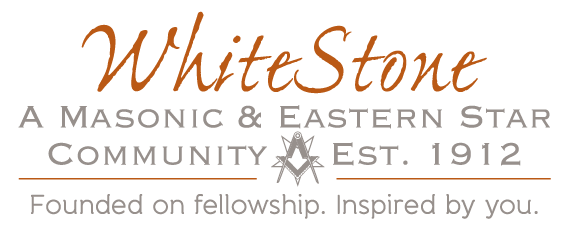Medicare is a federal program providing health insurance for seniors ages 65 and older (as well as certain individuals with disabilities or end-stage diseases).
If you’ve previously had health insurance through your or your spouse’s employer, switching over to Medicare may seem daunting and overly complicated. However, it’s an important part of your retirement plan.
While researching Medicare options isn’t something people generally get excited about, it is something all seniors need to do, especially as they approach their retirement date. Since the Medicare open enrollment period begins October 15, we’ve put together a checklist to help retirees determine the best choice for their financial plan, themselves and their family.
Understanding the Different Medicare Plans
There are four different “types” of Medicare plans available to eligible individuals. These are Parts A, B, C and D.
- Part A is hospital insurance that covers things like stays at skilled nursing facilities or in hospitals. It does not charge a monthly premium. Seniors already receiving Social Security benefits are automatically enrolled in Part A the month of their 65th birthday.
- Part B is medical insurance, which covers doctor visits, urgent care visits, and other items like medical equipment. Like Part A, seniors who are already receiving Social Security benefits become automatically enrolled in Part B the month of their 65th birthday. Part B carries a monthly premium, but if you have insurance coverage through an employer, spouse or Veterans benefits, you can opt out of Part B.
- Part C, also known as Medicare Advantage, combines the benefits of Parts A and B along with additional coverage. This comes with additional costs as well.
- Part D is Medicare’s prescription drug coverage. Part D also has a monthly charge.
Besides the different parts of Medicare, there is a supplemental insurance option called Medigap, which covers out-of-pocket costs that aren’t covered by Medicare Parts A and B.
Enrolling in Medicare
If you’re already receiving Social Security benefits, you’re eligible for Medicare and will be automatically enrolled in Medicare Parts A and B beginning the month of your 65th birthday. This is considered the “initial enrollment period.” For three months prior to your 65th birthday and three months after, you’re able to change or join plans without a penalty.
Seniors who aren’t receiving Social Security benefits yet will need to apply for Medicare themselves. This can be done online, through a local Social Security office, or by calling Social Security at 800-772-1213.
After your initial enrollment period, you’ll have yearly opportunities to switch, join or drop a plan. This is called the “open enrollment period” and takes place each year from October 15 to December 7. Medicare Advantage (Part C) has its own open enrollment period from January 1 to March 31 each year. These are the only times of the year when you can make changes to your Medicare plan.
Checklist for Medicare Open Enrollment
Whether you’re turning 65 this year or you want to make changes to your current Medicare plan, here are 6 things to check off before open enrollment begins this October 15.
- Understand the different parts of Medicare, including the Medicare Advantage plan, and determine which option is right for you.
- Research what is covered by Medicare and what isn’t. For example, while Medicare covers skilled nursing, it doesn’t cover the cost of living in an assisted living community.
- Review additional coverage plans, including stand-alone vision, dental and hearing – all things that aren’t included in Medicare coverage. Determine if you need supplemental coverage.
- If you have additional insurance, such as through the VA, an employer or another stand-alone provider, look into how Medicare will work with it. For example, if your spouse still works and has prescription drug coverage and you’re covered by their plan, you may not need to enroll in Medicare Part D.
- While the vast majority of doctors accept Medicare, it’s a good idea to check with any doctor you’re considering using just to confirm and avoid any surprises.
- Check into income requirements for assistance programs, which can help you stretch your retirement accounts and help cover the costs of Medicare premiums.
How WhiteStone Is Founded on Fellowship and Inspired by You
WhiteStone is Greensboro seniors’ first choice for an independent lifestyle. We offer a full continuum of care, including skilled nursing, memory care, rehabilitation and in-home care.
Get in touch with us to learn more about life at WhiteStone.
As you’re planning long term for your retirement, know that Life Plan Communities like WhiteStone have resources available to help you research Medicare options. That way, you can thoughtfully make the right choice for your situation, spending less time thinking about health insurance and more time enjoying all that retirement has in store.

